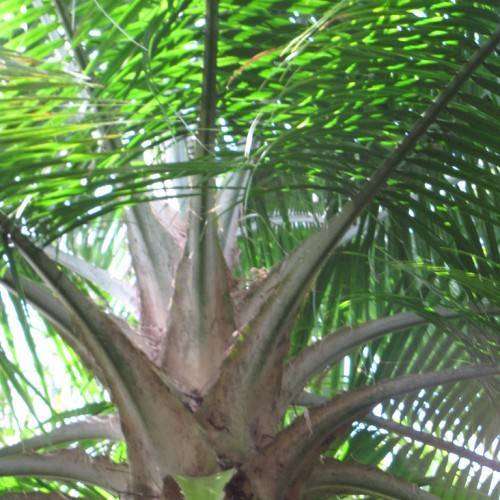
majesty palm
Ravenea rivularis
Cycle:
Perennial
Watering:
Minimum
Hardiness Zone:
7
Flowers:
Flowers In Spring
Sun:
Full sun
Soil:
Rocky , gravelly , dry
Fruits:
Fruits In Autumn Ready In Fall
Leaf:
Yes
Growth Rate:
Low
Maintenance:
Low
Drought Tolerant:
Yes
Salt Tolerant:
Yes
Thorny:
Yes
Care Level:
High
watering
Garry oak trees should be watered deeply twice a month during dry periods. To water your tree, allow a stream of water to trickle slowly at the base of the tree for about 15 minutes to ensure the water seeps down deep into the soil. If you have the space and ability, a soaker hose placed at the base perimeter of the tree can be a very effective way to deliver water. During periods of drought, it is beneficial to add additional watering, up to 4 times per month if needed.
sunlight
Garry oak (Quercus garryana) prefers full sun exposure. During the summer months, the plant should receive approximately 6 to 8 hours of direct sunlight daily. During the winter months, when the sun is not as strong, it can benefit from 4 to 6 hours of sunlight each day. To ensure optimal sunlight exposure, the Garry oak should be planted in an area of the yard that receives full sun all day long.
pruning
Pruning of Garry oaks should be done at 2 times during the year: in late winter to early spring before new growth begins, and again in fall after new growth has stopped. In late winter or early spring before new growth begins, thin out dead, diseased, or crossing branches to promote strong, healthy growth. Lightly reduce the ends of the major branches to help maintain their strength and sustainability. Thin out competing branches and reduce the height of larger branches if necessary. In the fall after new growth has stopped, remove the growing tips of young shoots. This promotes a more compact, dense shape. Make all pruning cuts above a node or lateral branch. Cut branches close enough to reach a node, just leave a tiny stub. Remove any dead or diseased branches throughout the year as they are noticed.
